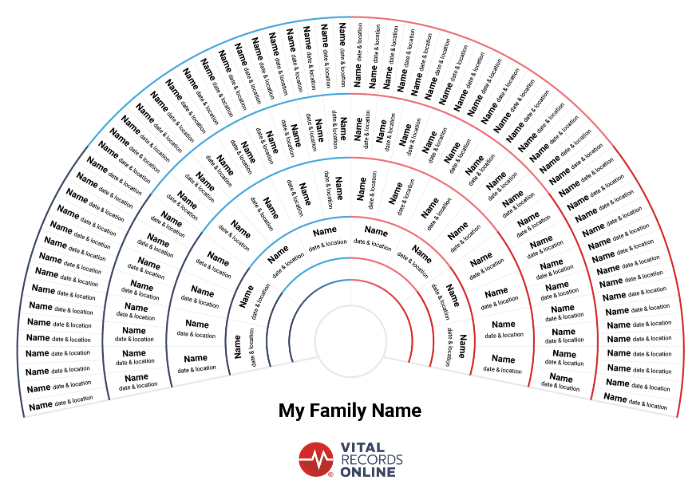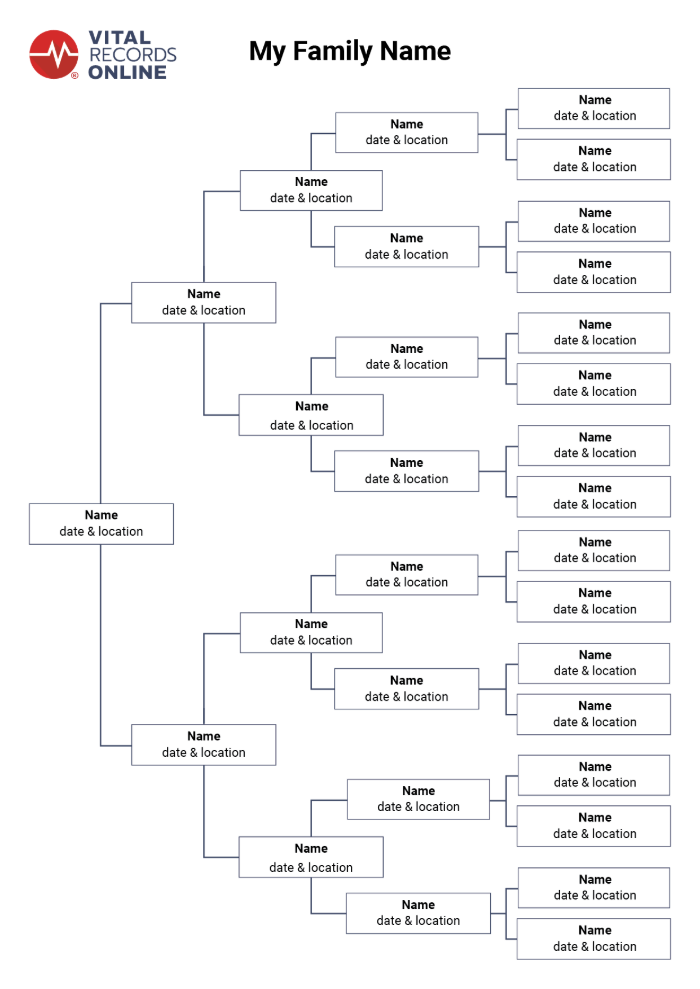Embarking on the journey to uncover your family history can be both a thrilling adventure and a deeply meaningful quest. Whether spurred by a desire to connect with your roots, preserve your heritage for future generations, or simply satisfy your curiosity about the past, genealogical research offers a fascinating glimpse into the lives of your ancestors. In this comprehensive guide, we will explore the essential steps, tools, and resources you need to embark on your quest to unravel the mysteries of your family’s past. From gathering preliminary information to navigating through various family history records and building your family tree, we will walk you through each stage of the research process and provide tips and recommendations to help you along the way.
Prepare For Your Family Research Journey
Before diving into the world of genealogy, it’s essential to prepare yourself for the adventure ahead. Here are some tips to get you started:
- Define Your Goals: Take some time to reflect on why you’re interested in researching your family history and what you hope to discover along the way. Are you looking to trace your lineage back through the generations, uncover long-lost relatives, or learn more about your family’s cultural heritage? Clarifying your goals will help guide your research efforts and keep you focused as you navigate through the vast sea of historical records and information.
- Gather Preliminary Information: Begin your journey by gathering as much information as possible from living relatives. Reach out to parents, grandparents, aunts, uncles, and cousins to collect names, dates, places, and significant life events such as births, marriages, and deaths. Encourage them to share family stories, anecdotes, and traditions passed down through the generations. This initial groundwork will provide you with a solid foundation for your research and help you identify key ancestors to focus on.
- Organize Your Research Materials: As you start accumulating research materials and documents, it’s crucial to keep them organized and accessible. Establish a filing system for storing physical documents, photographs, and memorabilia, and create digital backups of important records and files. Consider using genealogy software or online tools to organize your research data and keep track of your findings. Keeping your research materials organized from the outset will save you time and frustration in the long run and ensure that your valuable discoveries are preserved for future generations.
Explore Family History Records and Information
Once you’ve gathered preliminary information from family members, it’s time to delve deeper into the world of family history records and information sources. Here are some key resources to explore:
- Vital Records: Vital records, such as birth, marriage, and death certificates, are essential sources of information for genealogical research. These records typically contain details about an individual’s life events, including dates, places, and names of family members. You can obtain copies of vital records from government agencies, archives, and online databases using Vital Records Online. When searching for vital records, it’s essential to verify the accuracy of the information and cross-reference it with other sources to ensure reliability.
- Census Records: Census records provide valuable insights into individuals and families at various points in time. They offer details about household compositions, occupations, and residences, as well as demographic information such as age, gender, and race. Census records are typically available every ten years and can be accessed through national archives, libraries, and online databases. Analyzing census records can help you track your ancestors’ movements over time and uncover hidden branches of your family tree. Visit the Census Bureau to learn more information.
- Immigration and Naturalization Records: Immigration and naturalization records document individuals’ journeys to new countries and may contain details such as arrival dates, ports of entry, and citizenship statuses. These records offer valuable clues about your ancestors’ migration patterns and experiences and can help you trace your family’s journey across borders. You can access immigration and naturalization records through government agencies, archives, and online databases.
- Military Records: Military records provide information about individuals’ military service, including enlistment dates, ranks, units, and discharge information. These records offer insights into your ancestors’ contributions to military conflicts and their roles in shaping history. Military records can be obtained from national archives, military repositories, and online databases.
- Church Records: Church records, such as baptismal, marriage, and burial registers, can provide valuable genealogical information, especially for ancestors who were members of religious communities. These records offer details about religious ceremonies, sacraments, and church memberships and can help you trace your family’s religious affiliations and traditions. Church records are typically available through local parishes, archives, and online repositories.
These are just a few examples of the many types of family history records and information sources available to researchers. Depending on your ancestors’ backgrounds and life experiences, you may need to explore additional record collections and repositories to uncover their stories.
Build Your Family Tree
Once you’ve gathered preliminary information and explored family history records, it’s time to start building your family tree. A family tree is a visual representation of your ancestors’ relationships, spanning multiple generations. Here are some different methods for creating a family tree:
Traditional Family Tree Charts
❗️Download the free Traditionally Family Tree Chart template
Traditional family tree charts, also known as pedigree charts, depict individuals and their direct ancestors in a hierarchical format. Each individual is represented by a box or circle, with lines connecting parents to children and spouses to each other. Traditional family tree charts typically focus on direct lineages, tracing ancestry through bloodlines.
Genealogy Fan Charts
❗️Download the free Family Tree Fan Chart template
Genealogy fan charts are visual representations of ancestral lineages that expand outward from a central individual or couple. These charts resemble a fan or wheel, with the central individual or couple at the center and successive generations radiating outward in concentric circles or spokes. Genealogy fan charts provide a broader view of ancestral connections and relationships across multiple branches of the family tree.
Descendant Charts
❗️Download the free Descendant Chart template
Descendant charts, also known as family group sheets, depict an individual or couple and their descendants across multiple generations. These charts show relationships among siblings, cousins, and other relatives, illustrating the branching nature of family connections. Descendant charts are particularly useful for documenting large families and exploring collateral lines of descent.
Online Family Tree Platforms To Research Family History
Online family tree platforms offer digital tools for creating and sharing family trees. These platforms provide templates and interactive features that allow users to build, edit, and collaborate on family trees online. Online family tree platforms often integrate with genealogy databases and record collections, making it easy to attach records, photos, and documents to individual profiles.
Regardless of the method you choose, building a family tree is an iterative process that requires careful research, documentation, and analysis. As you add new branches and generations to your family tree, be sure to cite your sources, validate your findings, and update your tree regularly with new discoveries.
Researching your family history is a deeply rewarding and enriching endeavor that allows you to connect with your past and preserve your legacy for future generations. By following the tips and recommendations outlined in this guide, you can embark on your genealogical journey with confidence and enthusiasm. From gathering preliminary information and exploring family history records to building your family tree and documenting your findings, each step of the research process brings you closer to uncovering the stories of your ancestors. Whether you’re tracing your lineage back through the generations, discovering long-lost relatives, or exploring your family’s cultural heritage, genealogy offers a fascinating window into the lives of those who came before us. Embrace the adventure, cherish the discoveries, and celebrate the rich tapestry of your family’s history.




